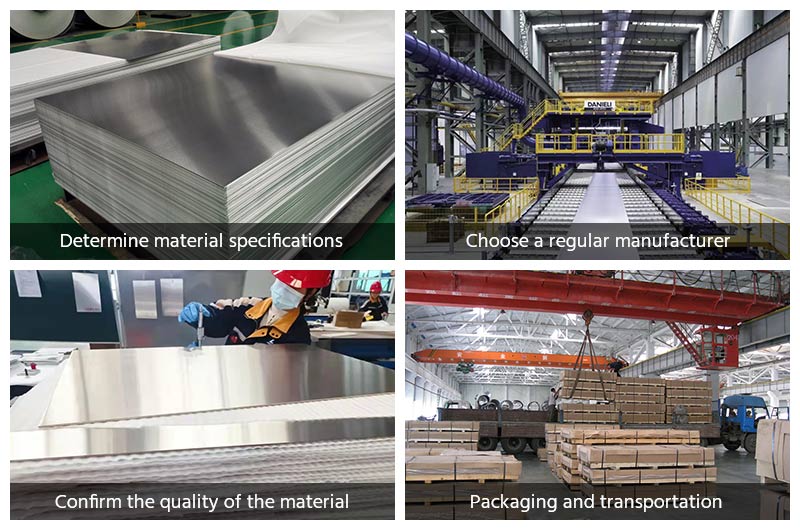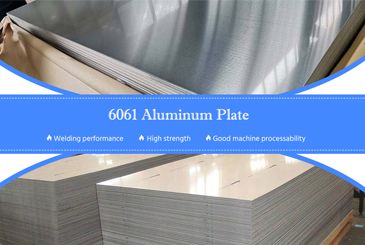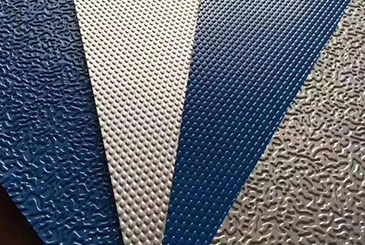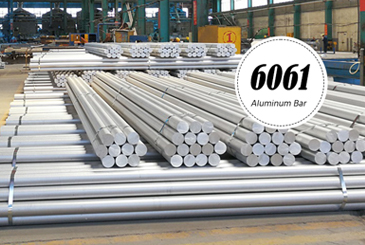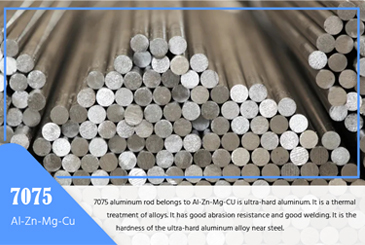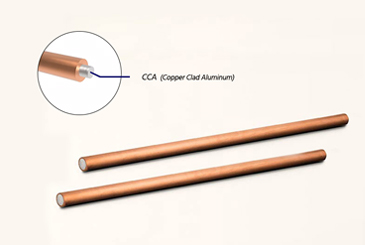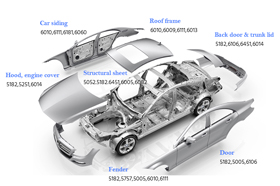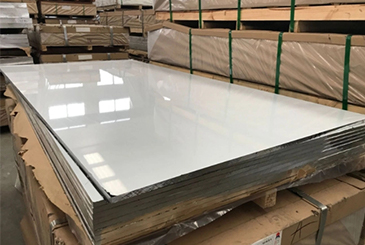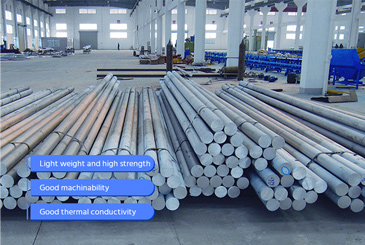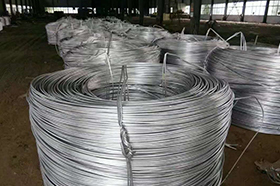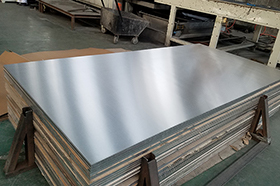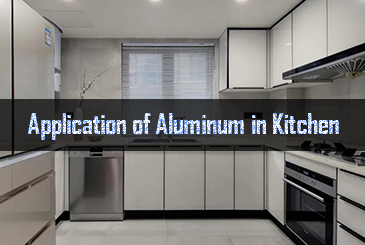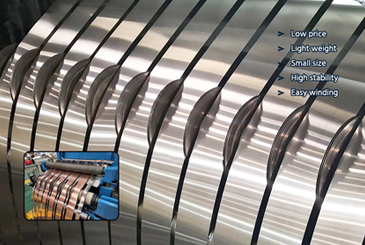Chemical composition of aluminum CTP substrate for printing
| Element | 1050 (GB/T3103) | 1052 | 1060 (GB/T3103) | 1070(GB/T3103) |
| Al | 99.50% | Reminder | 99.60% | 99.70% |
| Si | ≤0.25% | ≤0.0567% | ≤0.25% | ≤0.20% |
| Fe | ≤0.40% | ≤0.3418% | ≤0.35% | ≤0.25% |
| Cu | ≤0.05% | ≤0.0009% | ≤0.05% | ≤0.04% |
| Mn | ≤0.05% | ≤0.0034% | ≤0.03% | ≤0.03% |
| Mg | ≤0.05% | ≤0.2008% | ≤0.03% | - |
| Zn | ≤0.05% | ≤0.0130% | ≤9.05% | ≤0.04% |
| V | ≤0.05% | ≤0.0007% | ≤0.05% | - |
| Ti | ≤0.03% | - | ≤0.03% | - |
| other | ≤0.03% | ≤0.0039% | ≤0.03% | ≤0.10% |
Specifications of aluminum CTP substrates for printing
Sheet
| Alloy | Temper | Thickness (mm) | Length × Width (mm) |
| 1050 1052 1060 1070 | H18, H19 | 0.13-0.30 | 830×645 |
| 670×645 | |||
| 550 × 650 | |||
| 370×450 | |||
| 280×390 |
Coil
| Alloy | Temper | Thickness (mm) | Width (mm) | Coil sleeve inner diameter (mm) |
| 1050 1052 1060 1070 | H18 H19 | 0.13-0.30 | 388-1600 | 150-510 |
Permissible deviations in thickness and width of aluminum CTP substrates for printing
| Dimensions (mm) | Allowable deviation (mm) | |
| Thickness | >0.20 | ±0.007 |
| ≤0.20 | ±0.005 | |
| Width | ±0.5 | |
Mechanical properties of aluminum CTP substrate for printing
| Alloy | Temper | Tensile strength Rm/MPa | Elongation after break A (%) |
| 1050 1052 1060 1070 | H18 | ≥135 | ≥1 |
Influence of production quality of aluminum CTP substrate for printing on products
Influence of trace elements in aluminum substrate for printing on products
Si: The content of free silicon is preferably limited to 0.012% or less. Because free silicon remains in the anodized film after the aluminum substrate is anodized, it is easy to form oxide film defects and make the printed matter dirty.
Fe: The content of iron in the aluminum substrate is generally between 0.05% and 0.5%. When it is less than 0.05%, the recrystallized grains become finer, and the effect of electrolytic roughening on the surface of the aluminum plate is poor;
If it is greater than 0.5%, coarse compounds are easily formed, which makes the surface of the aluminum plate electrolytically roughened unevenly.
Cu: Exceeding 0.05% will cause coarse recesses when the aluminum substrate is electrochemically treated, which is detrimental to the uniformity of the roughened surface. The stain resistance of the non-graphic part of the printing plate is poor.
Mn: If more than 0.4% of manganese, the formed iron-manganese metal compound is easy to coarsen, resulting in reduced printing performance of the printing plate.
Mg: When the content is less than 0.05%, the aluminum substrate cannot achieve the required strength and toughness, and plate breakage is likely to occur during printing.
However, if it exceeds 0.3%, although the strength is improved, it is easy to cause contamination when printing non-graphic parts, and it is difficult to control the flatness of the calendered plate.
The influence of aluminum sheet substrate surface quality on printing
The surface of the aluminum plate base is required to be clean, smooth, and free from defects such as cracks, corrosion, air holes, and scratches. Non-metallic pressing, sticking, horizontal skin and serious horizontal lines are not allowed. Breaks or nail holes create a risk of blurred images, burn-in, or equipment damage.
If the surface of the aluminum plate is seriously oily, it cannot be completely removed. The electrolytic roughening and anodizing process of such an aluminum substrate will lead to uneven grain size, uneven oxide film thickness, and even black stripes or spots, which will affect the printing quality.
After alkali washing and acid neutralization, the dissolved amount of the aluminum substrate should be in the range of 2g/m²-8g/m², and the depth is about 0.07μm-0.27μm. Defects beyond this depth can result in uneven coating, incomplete exposure, and plate stencil problems.
The burrs and ruffles on the base edge of the aluminum plate may easily lead to electrolytic short circuit and plate burning, and may damage rubber rollers and other equipment. The ruffles will also cause uneven coating of the photosensitive layer on the layout, which will affect the printing quality.
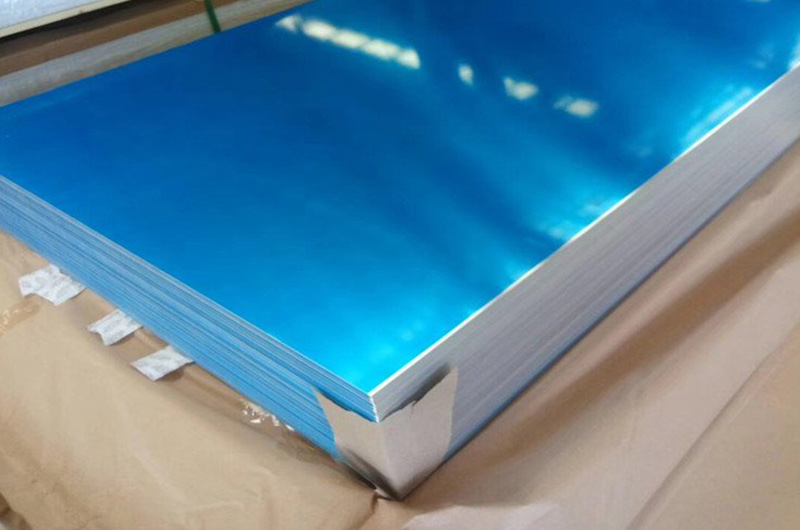
The use of aluminum substrate for printing
PS (Photosensitive Plate)
The PS plate refers to the photosensitive offset printing plate, which is covered with a photosensitive coating on the aluminum plate base, and the pattern or text is transferred to the plate through the process of exposure and development, and is often used in commercial printing and packaging printing.
CTP (Computer-to-Plate Plate)
The CTP plate refers to the computer-to-plate offset printing plate, which uses computer image processing technology to directly transfer the image to the offset printing plate, avoiding the traditional film plate-making process and improving the plate-making efficiency and precision.
UV-CTP (Ultraviolet Computer-to-Plate Plate)
UV-CTP plate is a special CTP plate, which adopts UV curing technology to quickly produce high-quality offset printing plate through UV exposure and curing process, which is suitable for high-speed printing and special printing needs.
Thermal CTP (Thermal Computer-to-Plate Plate)
Thermal CTP plates use thermal coating and thermal head technology to transfer images to offset printing plates through thermal energy, and are often used for high-precision printing and printing of special materials.
Photosensitive CTP (Photosensitive Computer-to-Plate Plate)
Photosensitive CTP plate is a photosensitive printing plate used in computer-to-plate (CTP) printing technology. It forms printing patterns through photosensitization and development processes, and realizes high-precision and high-speed printing production.
Positive Lithographic Sheet
In offset printing, a positive plate is a printing plate that is used in the process of transferring an image to a printed material by exposing the photosensitive layer to sunlight for image exposure and development.
In addition, it can also be used to make gravure printing plates, screen printing plates, flexographic printing, etc.
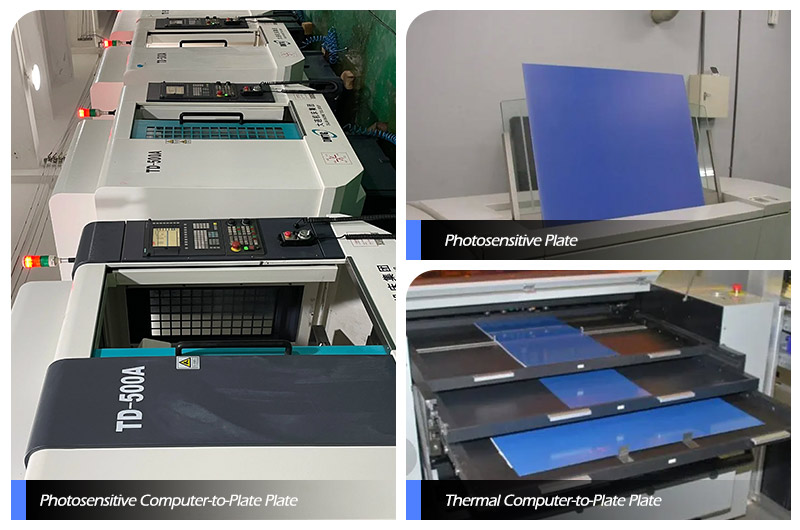
Why choose Chalco Aluminum
Standard setting
Chalco Aluminum is the main drafting unit of China's Standard for Aluminum Sheet and Strip for Printing Plates (YS/T 421 - 2007).
Production quality
Printing has very high-quality requirements for aluminum substrates, especially for high-end color printing, which does not allow a little disadvantage in the requirements for aluminum substrates.
Chalco Aluminum has precise dimensions, uniform and dense sand grain layer, accurate control of trace elements, and zero surface defects, and has been well received internationally. At the same time, it is also a stable supplier of Lucky, the largest manufacturer of image information recording and photosensitive materials in China.
Scientific research strength
After trial and error, Chalco 's professional R&D and production teams have successfully improved the performance of the aluminum substrate. By increasing the content of magnesium, the PS plate is more stable during the printing process, greatly reducing the number of flying and broken plates.
At the same time, in the process of electrolysis, this optimized aluminum substrate can save 10% of electricity (that is, the current density can be reduced to reduce the concentration of acid during electrolysis).
Production capacity
Chalco has advanced grinding machine equipment, pure stretching and straightening process, and integrated slicing production line to ensure product gloss, high surface quality, and no visible defects, and can meet the needs of customers for precise customization.
Production management
Has passed the ISO9001 quality management system certification and ISO14001 environmental management system certification to ensure that the product quality and environmental protection meet international standards.
